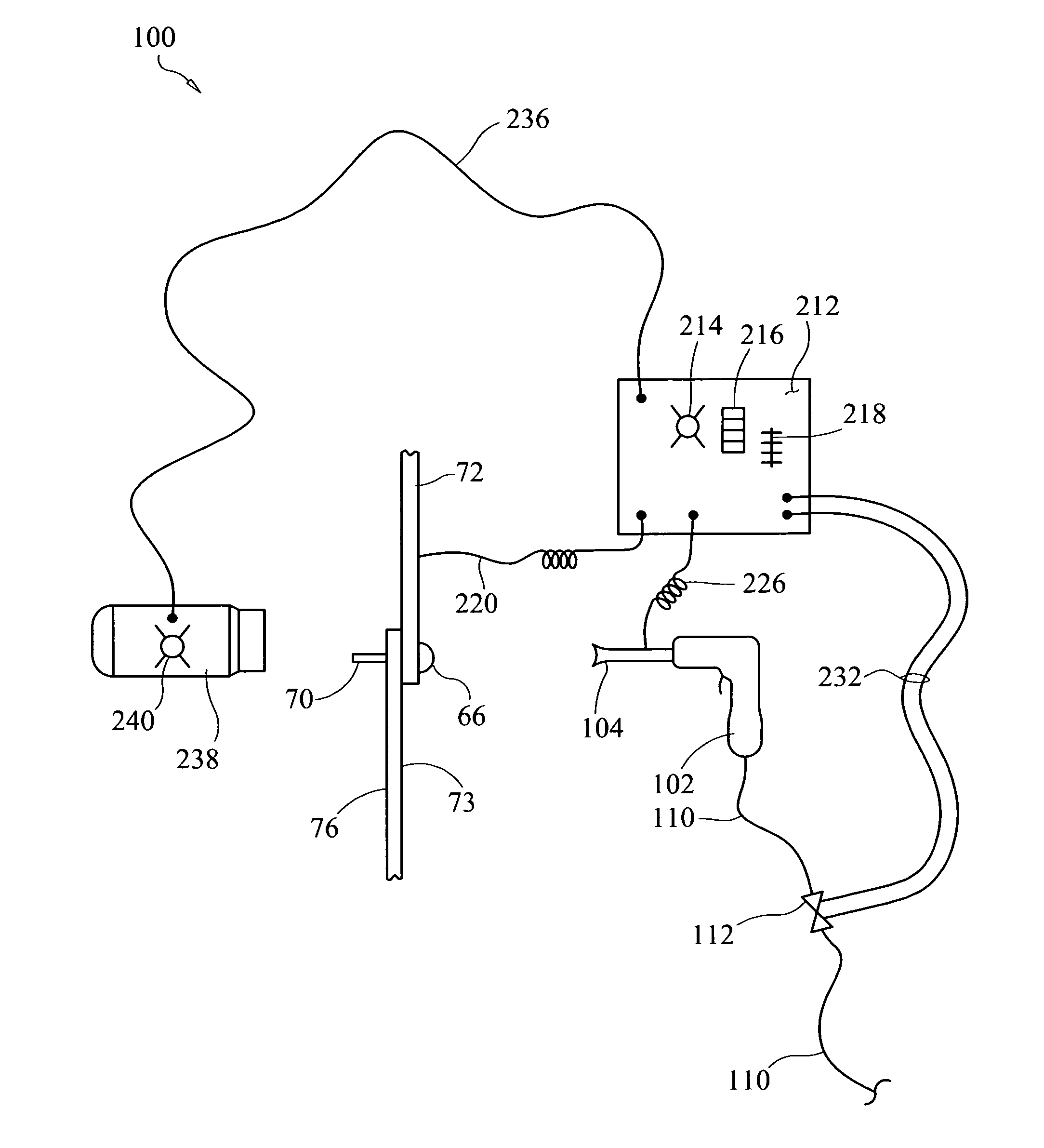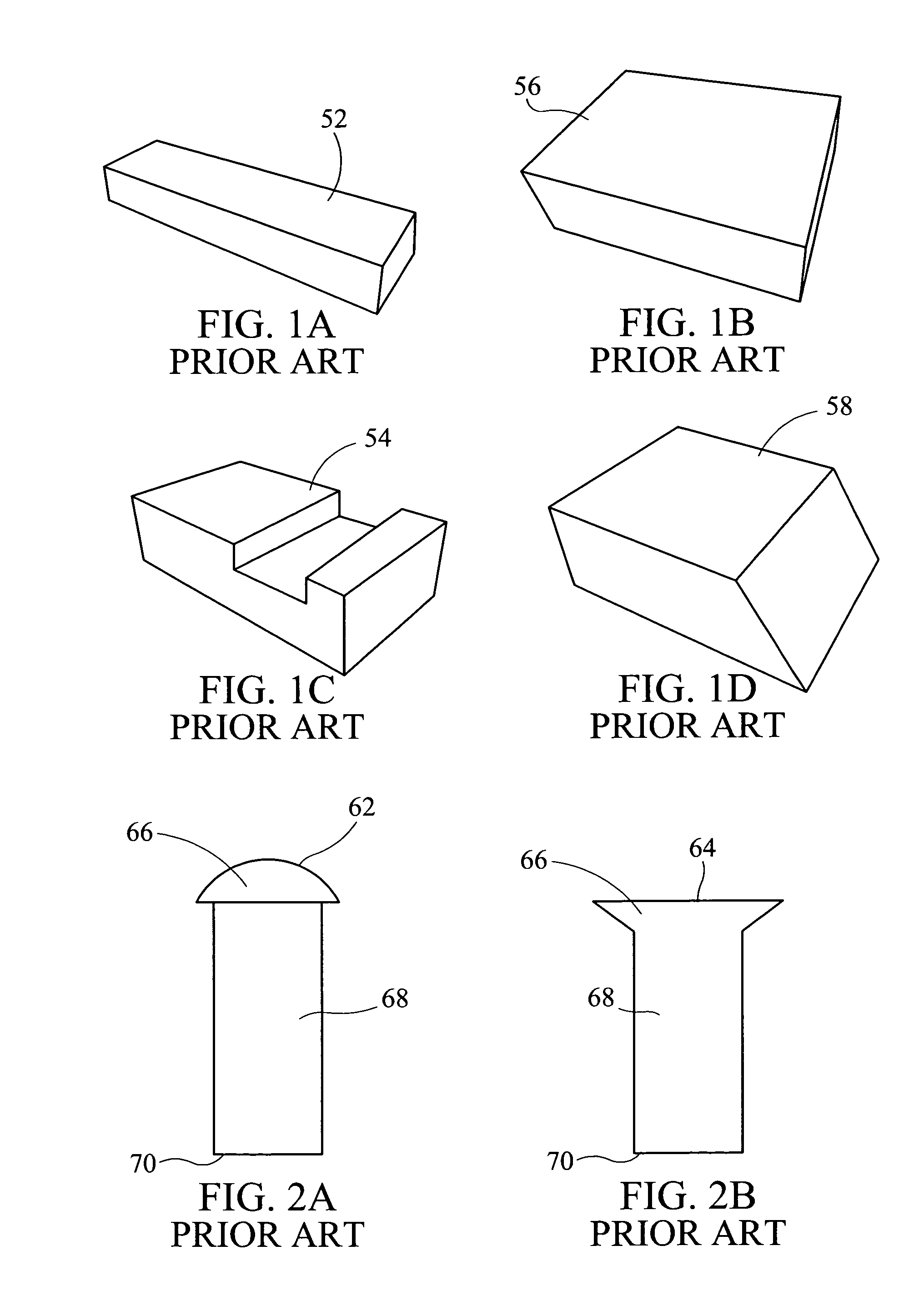System for rivet fastening
a rivet and fastening technology, applied in the field of rivet fastening system and method, can solve the problems of large percentage of the total cost of any airplane, large number of rivets installed in airplane manufacture, and difficulty in consistently setting rivets to optimal tolerance, so as to prevent inadvertent damage to the airframe
- Summary
- Abstract
- Description
- Claims
- Application Information
AI Technical Summary
Benefits of technology
Problems solved by technology
Method used
Image
Examples
working example
[0451]Referring to FIG. 22, a digital recording of operation of a prototype of system 100 using an oscilloscope shows bucking bar tool-to-rivet contact signature using a preferred embodiment of bucking bar 238; the drawing represents bar 238 dynamic response to a rivet gun “hammer” cycle. Also, the recording shows clear signs of switch chatter 371 (rapid opening and closing of contacts) indicative of extreme vibration and / or shock between anvil face 300 and rivet shank end 70. Contact bounce or oscillation of movable contact upon closure of circuit was present as indicated by first contact bounce signature 373. The “switch” in this case was the make or break when the bucking bar was in contact or bounced off (not in contact) with the forming rivet head; respectively. When in contact, a voltage was detected and when not in contact, no voltage was detected. The rivet gun “hammer-blow” was indicated by first falling edge hammer signal 375. The time interval the anvil face 300 was “buck...
PUM
| Property | Measurement | Unit |
|---|---|---|
| time | aaaaa | aaaaa |
| time | aaaaa | aaaaa |
| time | aaaaa | aaaaa |
Abstract
Description
Claims
Application Information
 Login to View More
Login to View More - R&D
- Intellectual Property
- Life Sciences
- Materials
- Tech Scout
- Unparalleled Data Quality
- Higher Quality Content
- 60% Fewer Hallucinations
Browse by: Latest US Patents, China's latest patents, Technical Efficacy Thesaurus, Application Domain, Technology Topic, Popular Technical Reports.
© 2025 PatSnap. All rights reserved.Legal|Privacy policy|Modern Slavery Act Transparency Statement|Sitemap|About US| Contact US: help@patsnap.com



